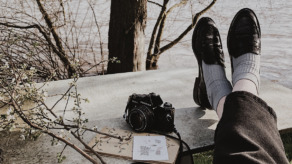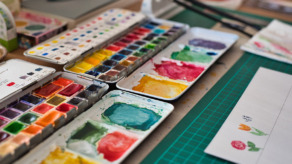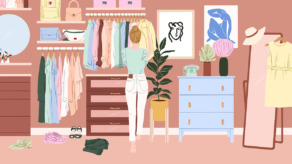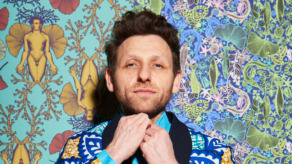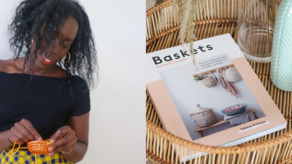Hanging up the phone
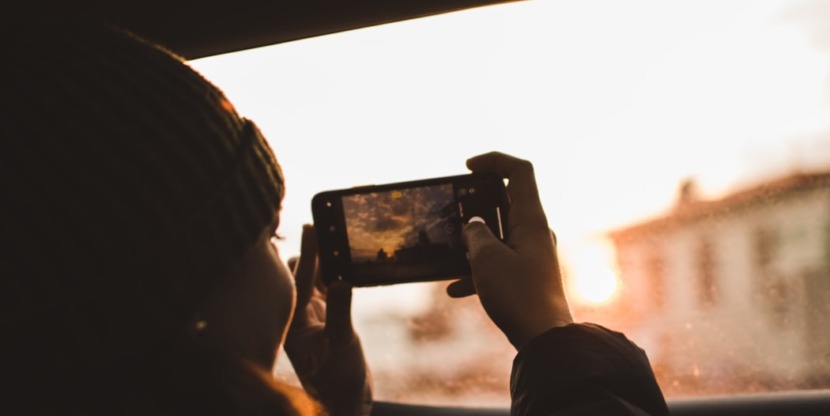
Tired of constantly having her phone in her hands, Journalist Sara Madou wanted to kick the habit and regain control over her time. In Issue 35, she shares her experience with digital minimalism and its benefits.
Generally speaking, I’m not susceptible to addiction. I’ve never smoked, have no problem drinking in moderation and I don’t get the appeal of gambling. But this blasted phone! It has become such a habit to have it in my hand that recently when I realized I had left it at the office, I turned right around to go pick it up. “It’s like missing a body part, isn’t it?” a colleague said to me sympathetically,
and her comment didn’t even feel like an exaggeration.
Critical eye
Look around sometime in the bus or train, at a café or even at a red light. As soon as people get five spare seconds, they’ll almost always grab their phones and stare at their screens. At 34, I’m old enough to remember what it was like to walk down the street without a smartphone. This is why I shake my head as I watch someone in their early twenties texting while cycling, or see that couple sitting across from each other during a ‘romantic’ dinner, bathed in blue light as they sit there scrolling.
I am far enough removed and have the critical eye I need to avoid getting carried away in the same manner. Or so you would think. Even though I’m polite enough to leave my phone in my bag during a conversation, I do reach for it the minute the person I’m talking to leaves the table. And while waiting for the bus, I check to see what’s happening on Twitter.
Digital minimalism
Although this is all just good fun in small doses, this is actually where it goes wrong: We often seem to forget how to use our phones in moderation. Cal Newport, a computer science professor at Georgetown University in the US and author of Digital Minimalism, claims to have the solution. In this book, Newport explains his method on the basis of research and people’s personal experiences after all, in his view, the need to use our smartphones less is well-established.
‘It’s not that any one app or website was particularly bad when considered in isolation,’ he writes. ‘As many people clarified, the issue was the overall impact of having so many different shiny baubles pulling so insistently at their attention and manipulating their mood. Their problem with this frenzied activity is less about its details than the fact that it’s increasingly beyond their control. Few want to spend so much time online, but these tools have a way of cultivating behavioral addictions.’
Newport studied various ways to resist these urges and arrived at the concept of digital minimalism. ‘It applies the belief that less can be more to our relationship with digital tools,’ he writes. ‘This idea is not new. Long before Henry David Thoreau exclaimed “simplicity, simplicity, simplicity,” Marcus Aurelius asked: “You see how few things you have to do to live a satisfying and reverent life?” Digital minimalism simply adapts this classical insight to the role of technology in our modern lives.’
Total reset
Even though I was intrigued, I was also a bit taken aback when I read how we are supposed to apply this minimalism in today’s day and age. The idea is to do a ‘digital declutter’ and refrain from ‘optional online activities’ for 30 days. According to Newport, this is how long it takes to kick the habit.
At the same time, you are supposed to spend extra time on analog activities such as reading a book, talking to your friends (in real life!), or just staring at the sky. At the end of the 30 days, you start adding back a small number of carefully chosen online activities that you believe are truly valuable. You leave out other distracting digital behavior that used to eat up all your time in the past. In other words: a total reset.
- You can read Sara’s full article on digital minimalism in Issue 35.
Text Sara Madou Illustration Anne Bentley Photography Daiji Umemoto

